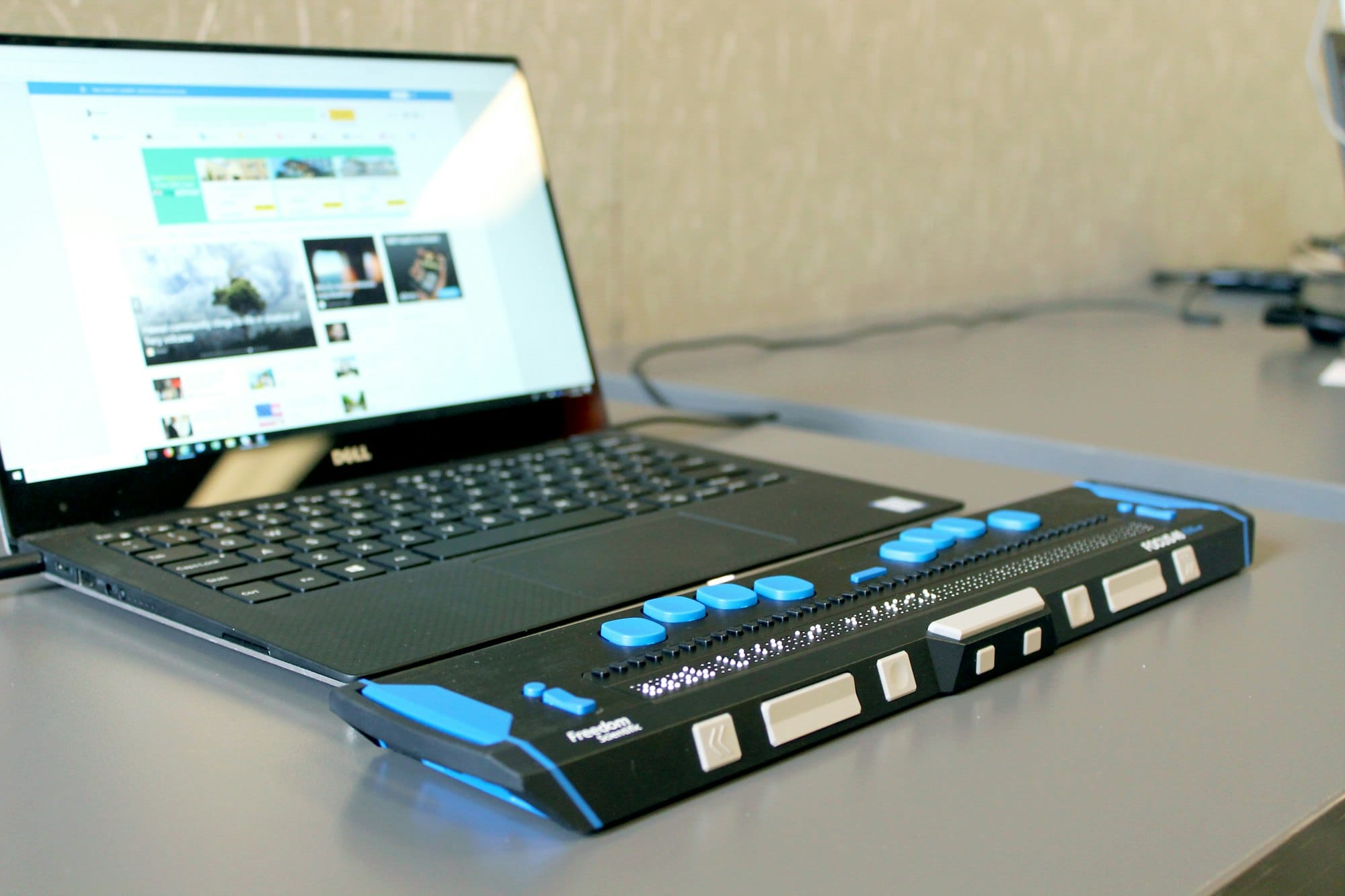What is Alt text, and why you should use it as a Third Sector organisation

As a Third Sector organisation, inclusivity is embedded into how an organisation runs. Translating this into your digital communications is vital, and writing Alt text is an easy way to start. In this article, we’ll cover what Alt text is, why it’s important, five top tips and two examples. In this article, we’ll cover what Alt text is, why it’s important, five top tips and two examples.
What is ALT text?
Alternative text or Alt text is a short written description of an image. It allows people who are unable to see the image to know what's being shown and the context of why it’s being used. It’s not visible on a webpage or social media post but will be read out by a screen reader or shown when an image doesn’t load on a website.
As it is read out, you don’t have to include every small detail. It should be a short sentence under 125 characters. What you do include should be contextually important and help paint a picture of the image in someone's mind.
Why is it important?
- Accessibility
Alt text allows your visual content to be accessed by people who are blind or living with other visual impairments. It is an incredibly important accessibility tool designed to help people navigate the internet more easily. Not using it alienates the 2 million people in the UK who have a visual impairment. Moreover, including Alt text is a criterion for meeting the current version of the Web Content Accessibility Guidelines.
- Search Engine Optimisation (SEO)
Including Alt text in your website and social media posts can also help your website/social media SEO (Search Engine Optimization) ranking because it helps search engines understand what image you’re displaying and if it’s relevant to what someone is searching for.
Tips for writing it
1. Be Clear and Concise: Describe the image using details that help you understand what’s going on. Keep it short, to the point, and focus on the essential details.
2. Context is Key: Think about why the image is there, and what value it adds to your social media post or web page. It’s best practice is to keep Alt text short but if the main focus of the content is the image or the emotion conveyed in it, you may choose to include a more detailed image description. It’s up to you as the writer to decide which is more appropriate.
3. Don’t be overly descriptive: Remember, it’s being read out loud so long descriptions can be a barrier for screen reader users. This is because each image adds extra reading time. Stick to describing information and the most relevant aspects of the image.
4. Use normal punctuation: Make sure your alt text is punctuated appropriately with full stops and commas. Just like reading out loud, using punctuation makes it easier for screen readers and the end user to understand.
5. Don’t start with “An Image of": Screen readers automatically announce an image as an image. So if your Alt text were “An image of a tree” it would be read out loud as “Image, an image of a tree”. An exception to this is if the fact the image you’re describing is a painting or illustration is relevant to the context, it may be useful to include it in the Alt text.
Examples of good ALT text
Bad: Dog, jumper, dog in jumper, pet.
Alt text like this isn't helpful for anyone and won't improve SEO.
Ok: Dog sitting down.
It's fine but could be improved.
Good: French bulldog wearing a jumper, looking sleepy.
This gives us a clear understanding of what's in the image but doesn’t include irrelevant detail.
Bad: Hand, paper, post-it note, ring, pen.
Alt text like this isn't helpful and is guilty of keyword stuffing.
Ok: A hand spread out on a piece of paper.
This is ok, but doesn't give any context to the image or help explain why the image has been used.
Good: A white woman’s hand gesturing to a post-it note on paper titled ‘How might we…’.
A clear description of the image. Including the text on the paper provides more context for the image without unnecessary detail, like the writing on the post-it notes. It's not needed to understand the image.
For more examples, Accessible Social has created twelve Alt text examples with the reason why the image is used. It’s a really useful tool to help understand how the context of the image changes the way you should write Alt text.
Should I describe someone’s skin colour or gender?
It might seem strange to describe someone's skin colour or gender but it plays an important part.
In her article ‘The Case for Describing Race in Alternative Text Attributes’, Accessibility specialist Tolu Adegbite writes “When we don’t describe the race of someone in an image, we push the narrative that what our society deems as the default (usually a white person), is the default. We exclude other people and make them invisible.”
If you’re unsure about how someone identifies and you don’t then it’s best not to presume. Instead, choose a neutral term such as ‘person’ instead of man or woman. If you do know the person in the photograph, reach out and ask them and explain you want to accurately represent them and their identity.
Writing Alt text might seem daunting at first because you don’t want to get it ‘wrong’, but it is much better to try and improve as you go!


Like this post? Click below to share: